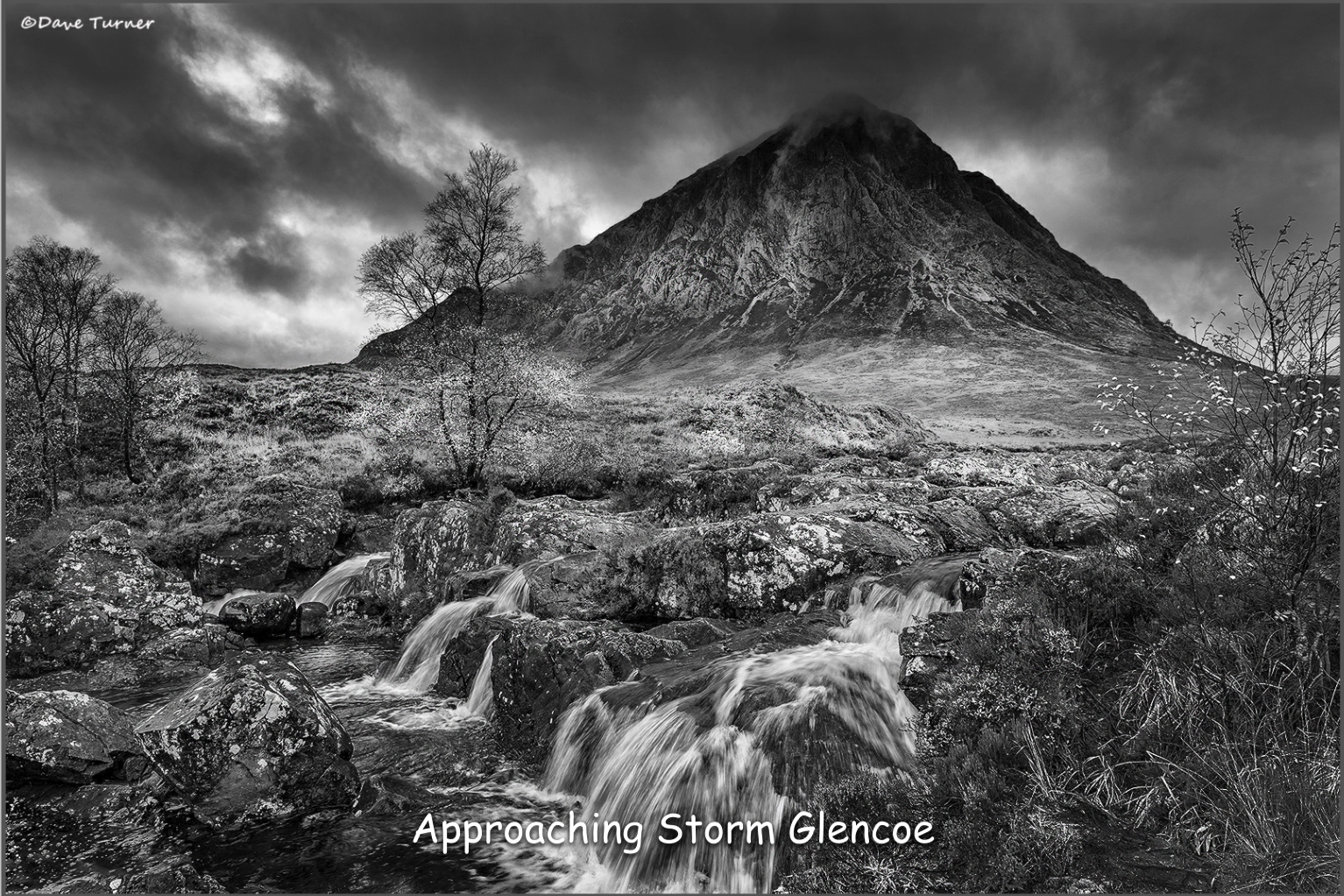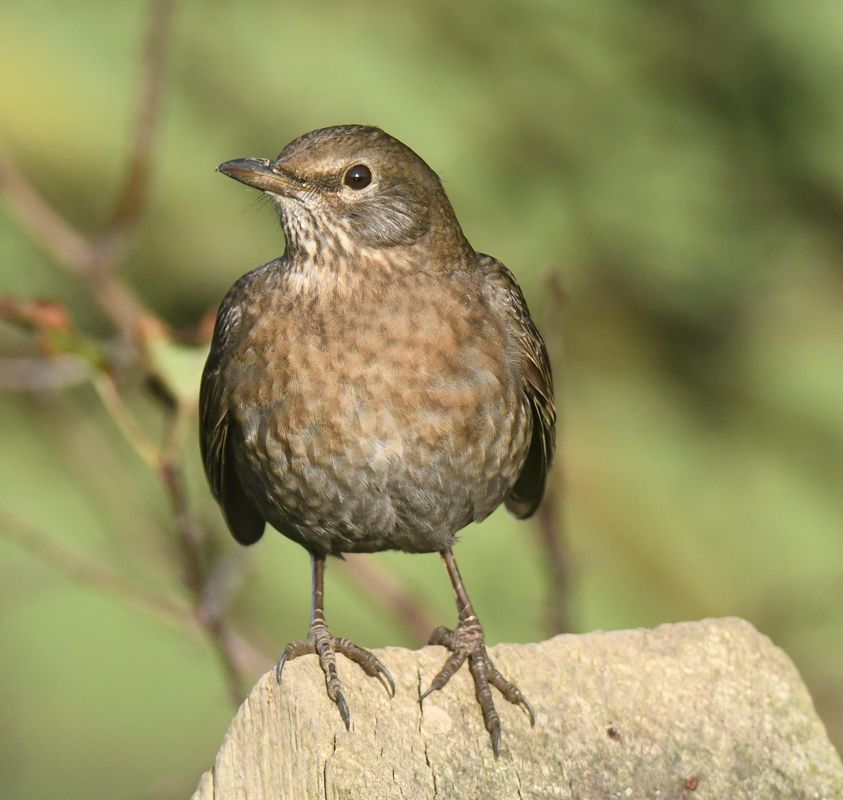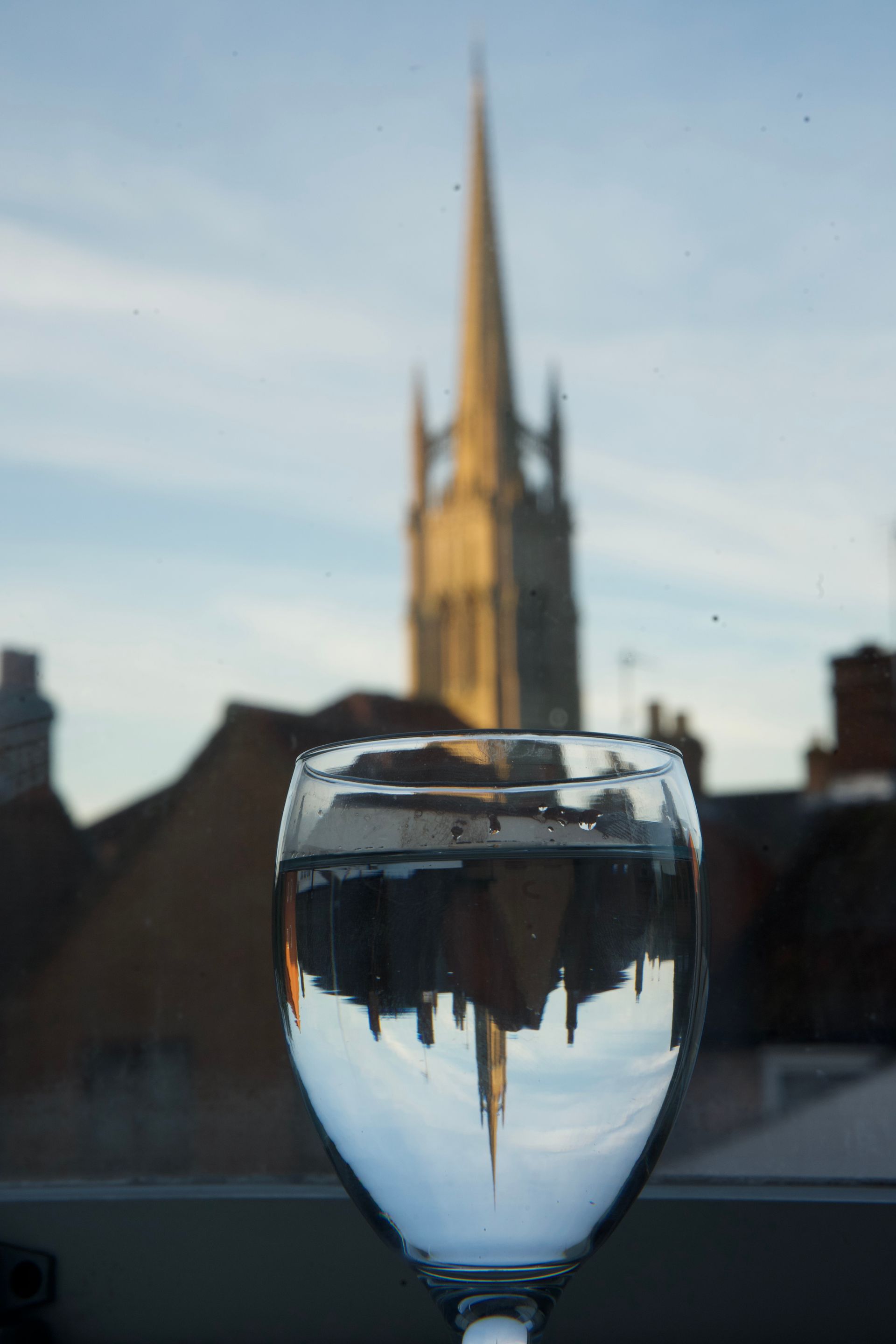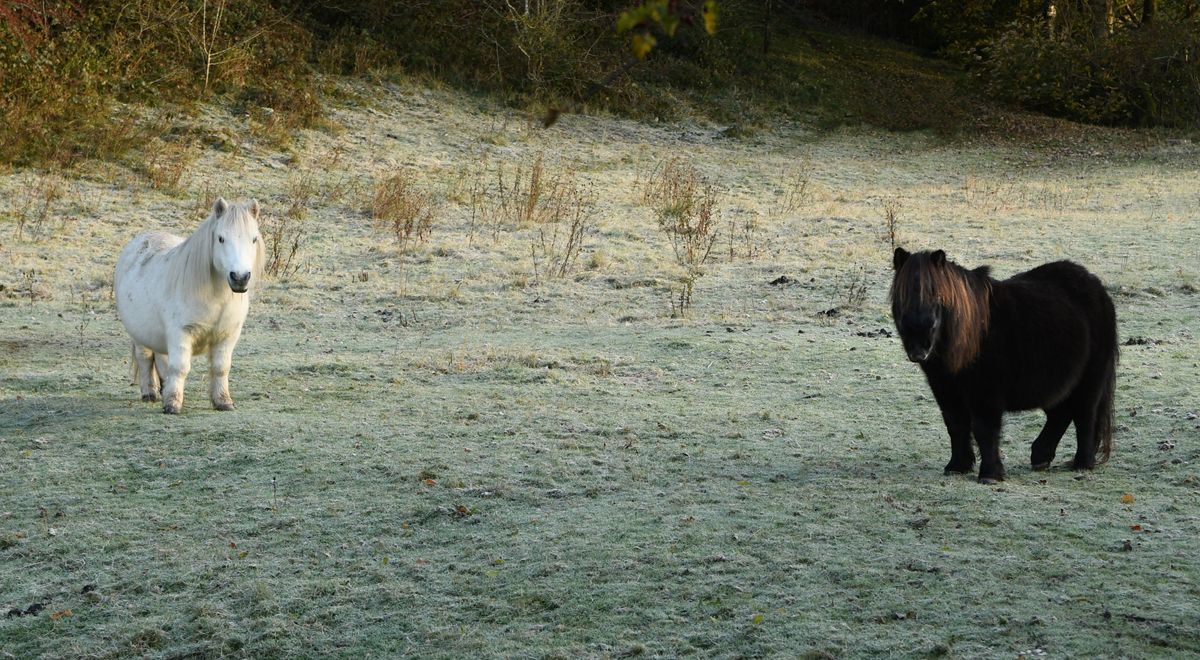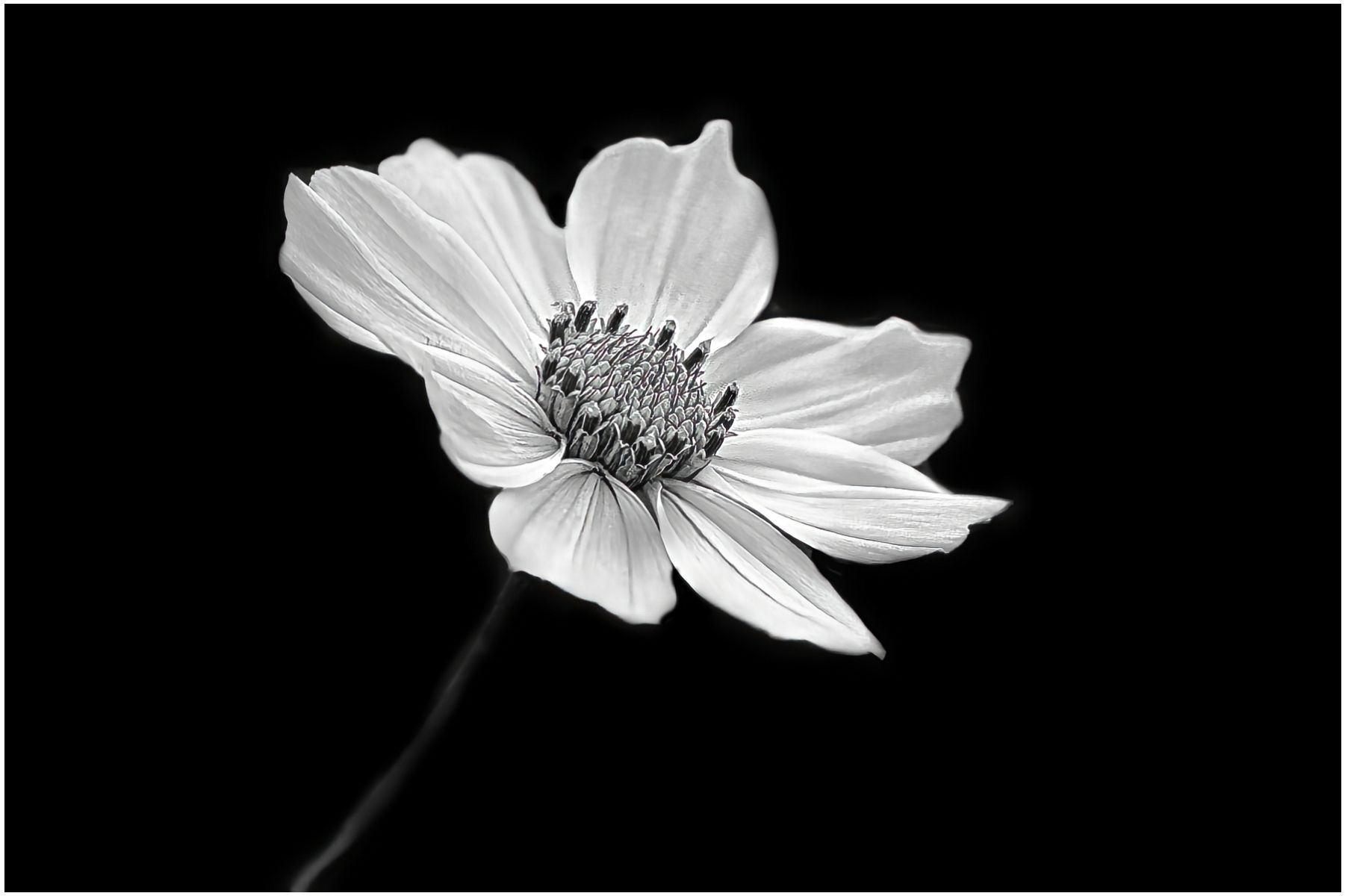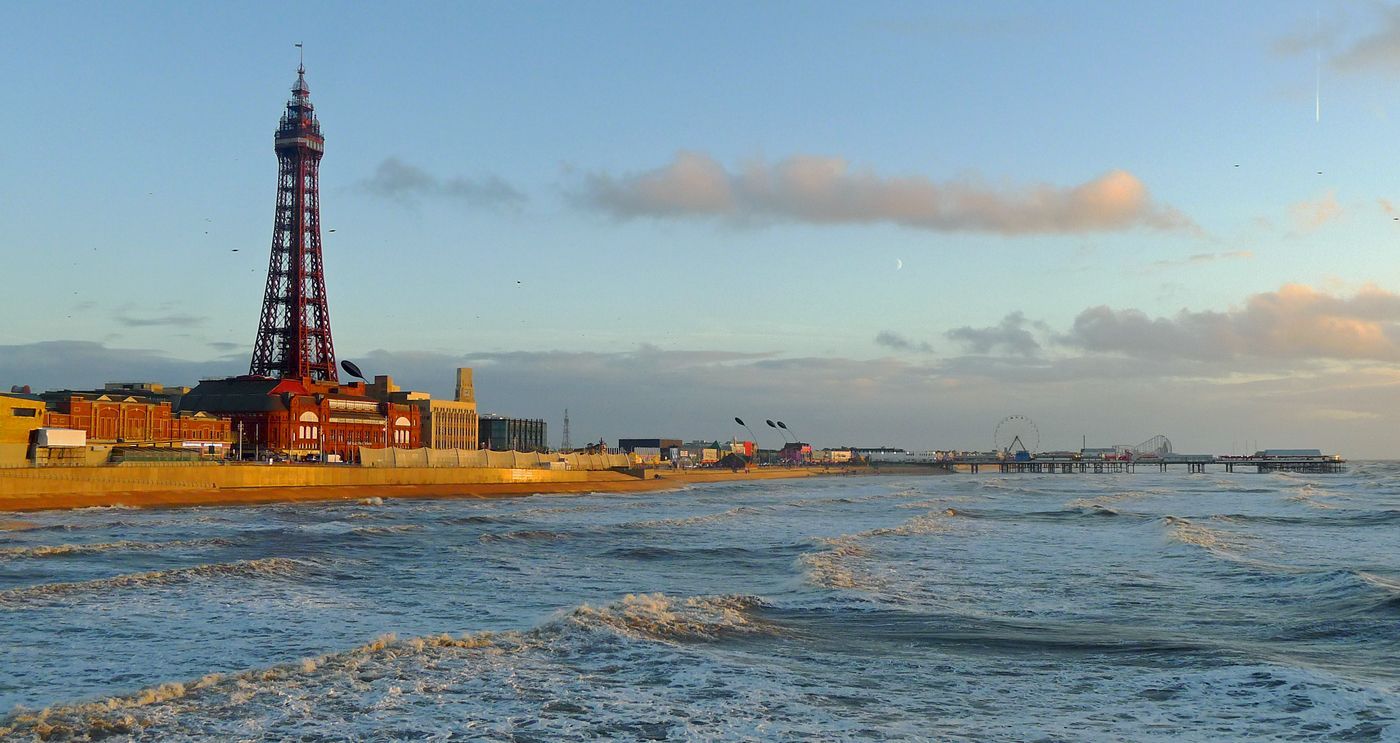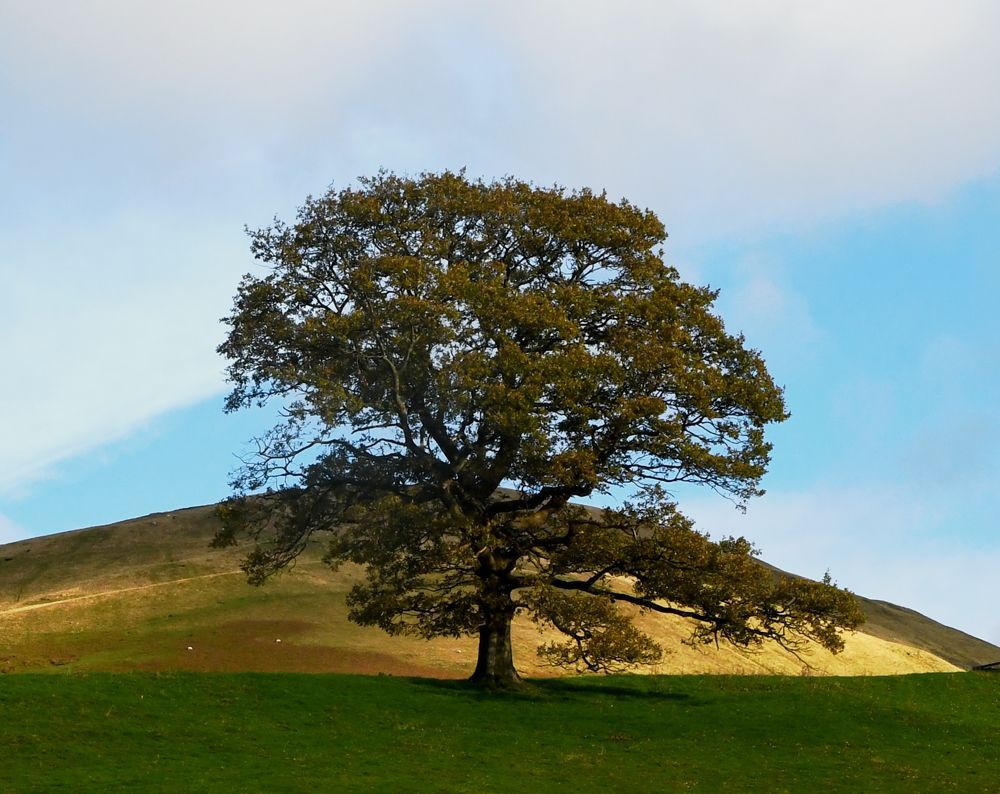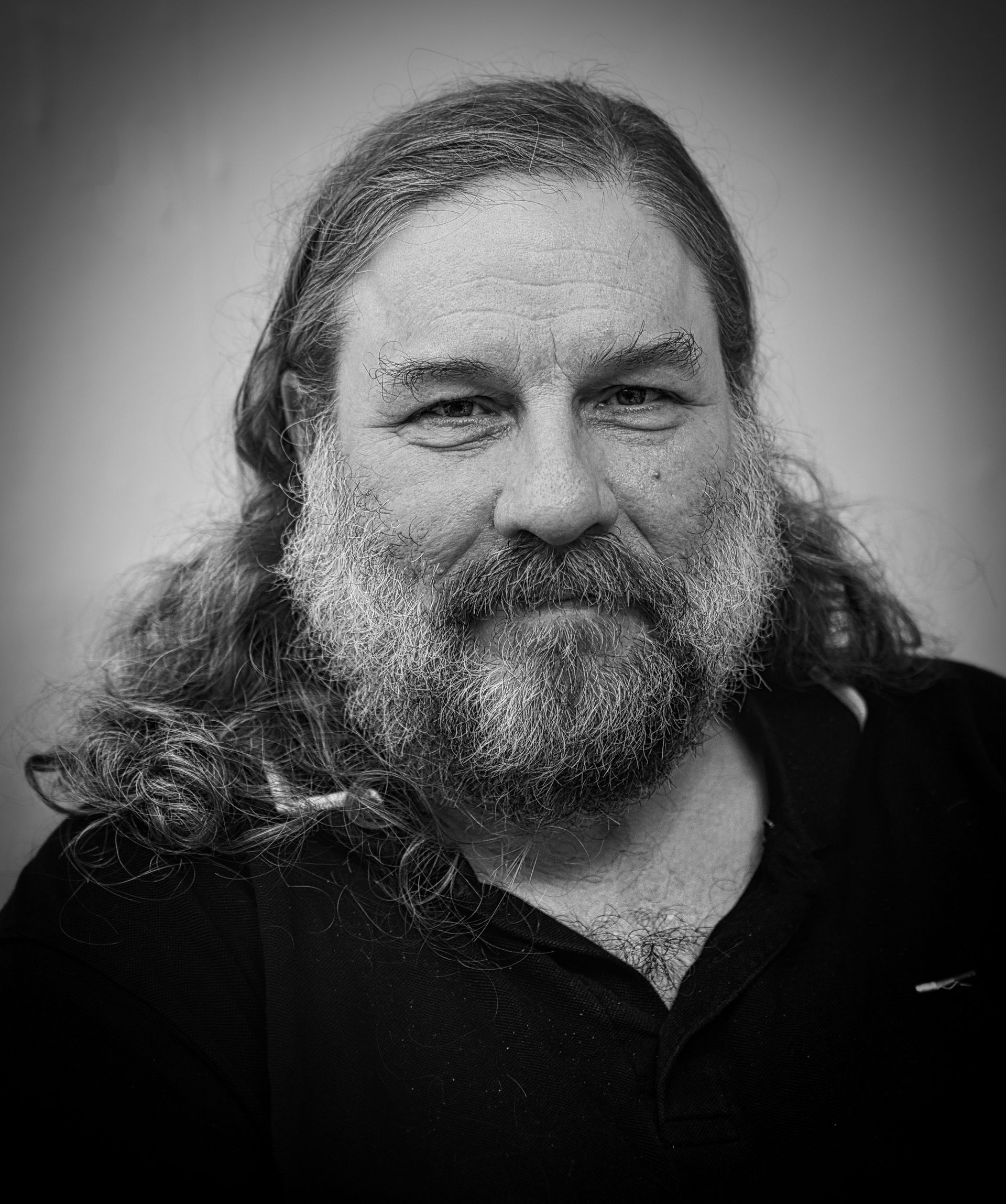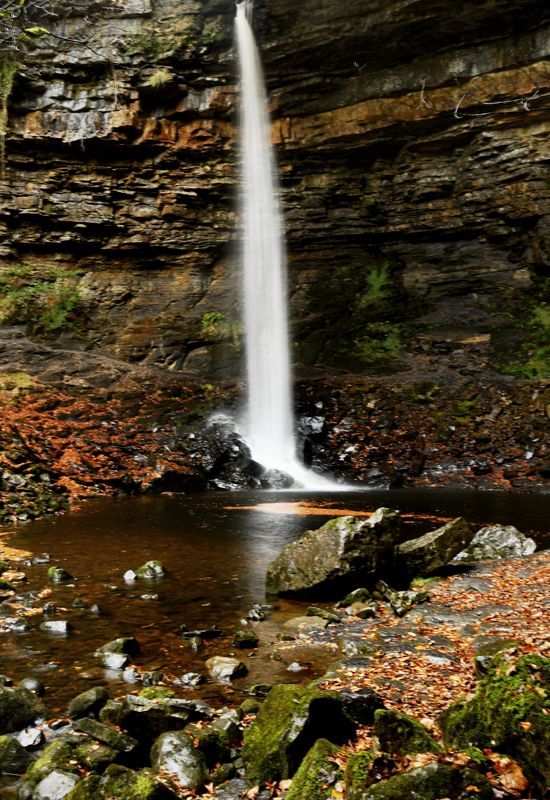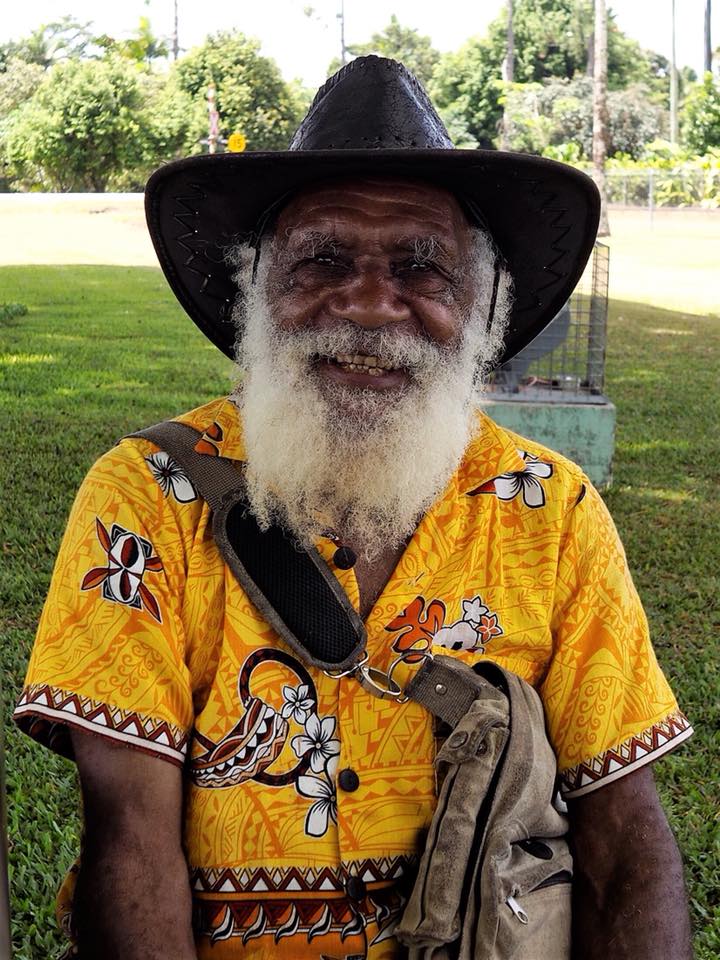Camera Holiday Tips
What camera / lens combination will you take on holiday this year?
Now that the holiday season is fast approaching, it’s time to think about the camera, and lens, or lenses to take on holiday.
Firstly always take a spare battery / batteries, together with the charger, spare SD cards are a good idea as well.
Next thinking about the camera, the lenses that you take surely must depend on the type of holiday in prospect.
For last years holiday to Australia, I knew that I would be taking photos of family, and friends, landscapes, and wildlife. For this I packed my Olympus OMD EM-10 II, the Olympus 17mm f1.8 prime lens (one of my absolute all out favourite lenses, covers most subjects), and the Olympus 40-150mm zoom lens, in all quite a compact set up, and light to carry.
Regrets, only one, I missed my Olympus 45mm f1.8 lens when I took this portrait, amazing isn’t it, of all the great photos that I took on this holiday, it’s the one that didn’t quite work that haunts you.
What camera / lens combination will you take on holiday this year?
Louth Photographic Society
